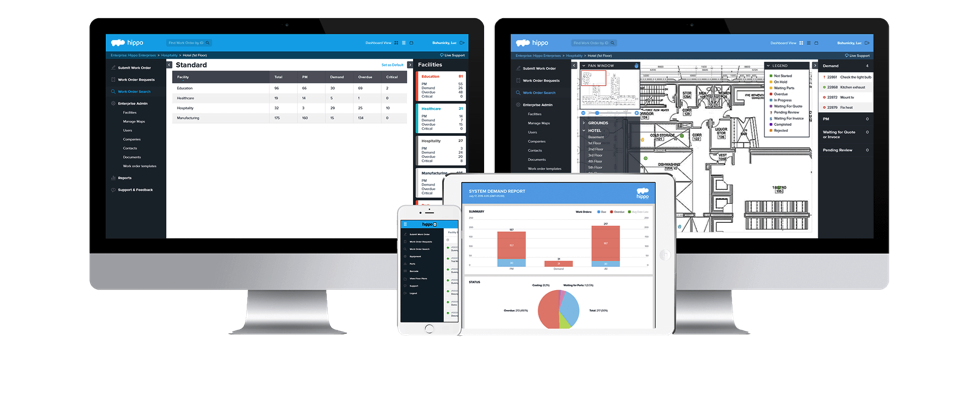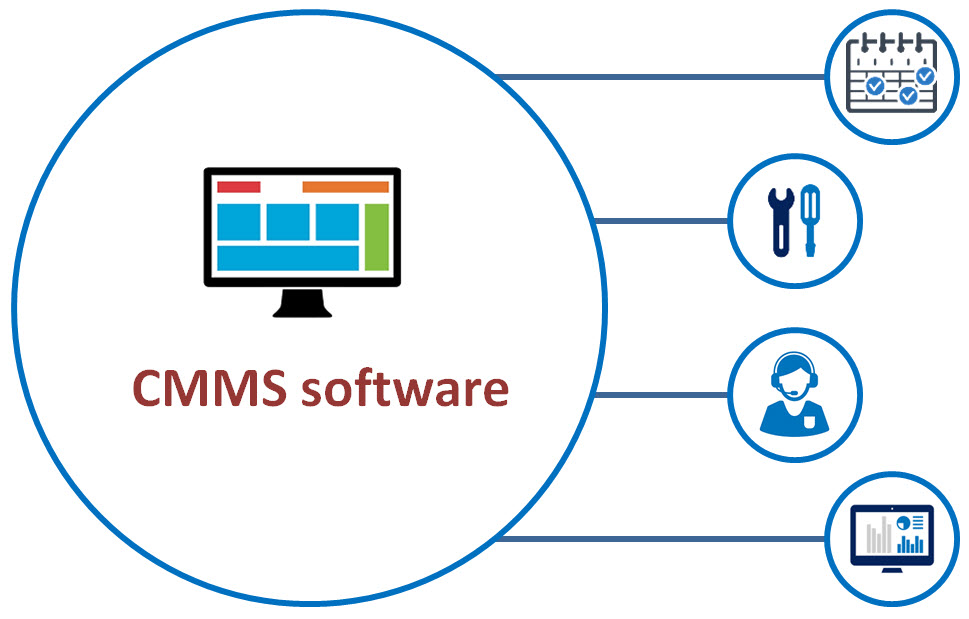Adopting new technology has never been a comfortable proposition for companies, especially those operating the manual way for ages. Technology seems to be complicated to most of us; the first time I used a Smartphone, it did seem like a difficult thing to understand and comfortable with. A decade ago, when touch screens came in the market, it created the same anxiety; the older generation is still quite uncomfortable with touch functionality. Thus, for businesses to bring this paradigm shift in processes is not easy. However, with the growing global competition and the increase in customer demands, companies are forced to try out technology’s benefits.
For ages, companies have been struggling to reduce their maintenance cost and reduce unnecessary expenditures on inventory, repairs, and others. While manual procedures could not bring about a positive change, technology managed to transform the maintenance industry dynamically. Amongst the many software’s that help business operations, the CMMS or the Computerised Maintenance Management System is the most popular choice; today, most companies use the CMMS to manage their industry. A CMMS software comes with a host of benefits; it not only streamlines processes but also helps in optimizing the overall efficiency of your assets.
Maintenance can be categorized into two types:
- Preventive Maintenance – PM or Preventive maintenance takes place before the breakdown occurs. Here the problem is detected and fixed at an early stage, thus avoiding downtime. Therefore companies must adopt the strategy of Preventive Maintenance which improves productivity.
- Corrective Maintenance – Corrective maintenance occurs as a corrective measure to fix the asset after the breakdown happens. During the corrective maintenance process, the asset remains idle, and the workforce working on it also stays idle, thus losing on the precious working hours.
The CMMS’s role is to shift the processes from the corrective maintenance strategy to a preventive approach, thus reducing downtime and uplifting the overall productivity of the unit.

Let’s now look at the benefits of adopting the Maintenance Management system software.
1. Give new life to the Old Assets.
The most significant contributor to downtime is the aging assets; these assets are expensive and hard to replace with the new ones. However, with time and lack of proper maintenance, they tend to slow down and demand frequent repairs.
The CMMS software is a boon for all the old assets; this technology collects all the available data related to the asset. It decides on the type of maintenance needs for the asset to run smoothly based on its maintenance history. Thus, giving a new life to the old assets.
2. Automated Maintenance Processes
Every company knows that preventive maintenance is the master key to reducing downtime and increasing a manufacturing unit’s overall productivity. The CMMS makes preventative maintenance possible for organizations through automation. The CMMS automated the work orders and creates a scheduled maintenance plan for every asset based on their usage, operational time, and asset age. The technicians follow this schedule and perform of periodic check of the assets, based on the plan. Thus, implementing a Preventive maintenance strategy which ensures and smooth working of assets with minimal downtime.
3. Controlling Inventory
Inventory refers to the stock of finished goods or the goods needed for production. However, improper management of inventory can lead to increased cost and dead stocking. For instance, purchasing a spare part that is already available in the stock is an unwanted expenditure. Still, due to faulty management, the available inventory is not traced, leading to increased cost.
The CMMS allows inventory managers to track the stock’s availability with just a single click of a button. Data related to inventory is stored in the CMMs, and every new purchase is also automated through the software. This helps in making data-driven inventory purchase decisions and eliminates the risk of overstocking.
The Bottom Line:
The goal of every maintenance unit is to achieve the desired goal without increasing the cost. The CMMS centralizes data and helps organizations achieve this goal and bring more transparency and efficiency into the work process.
